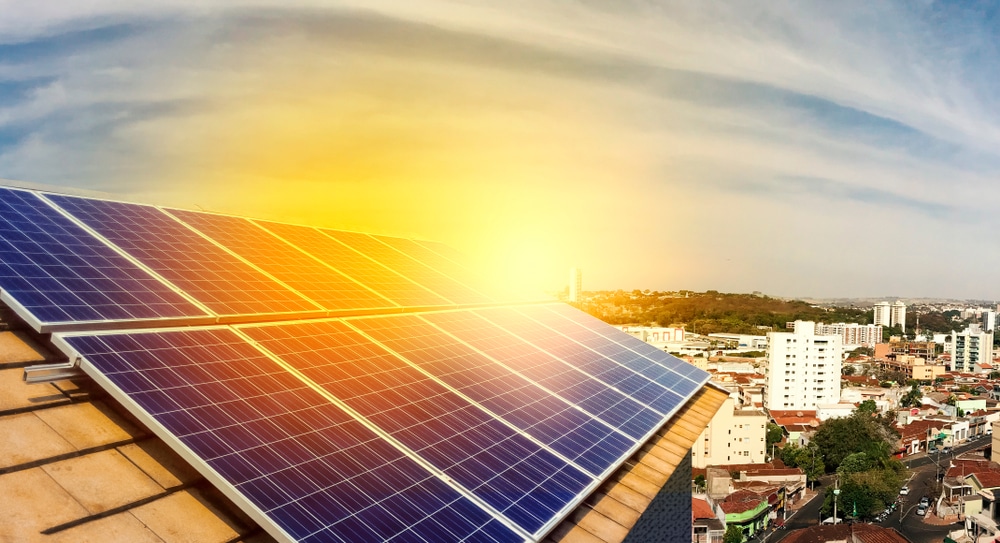The Paris Agreement was the unifying and legally-binding treaty signed by 196 countries in 2015 in a bid to reduce the impacts of climate change. However, despite plenty of good work that has been done, there is plenty more to do.

That is the assessment of the International Renewable Energy Agency (IRENA), which has warned we might need to increase the production of renewable energy sources three-fold to achieve those targets and reduce global warming to below 2 per cent.
There have been significant improvements since the Paris Agreement came into full effect in 2016, including the United States vowing to return to the agreement after former President Donald Trump removed them from it; COVID-19 forcing us off the road and out of work, which led to major reductions in emissions; over 1000 large companies pledging to reduce their carbon emissions; and around 400 cities around the world pledging to be carbon neutral by 2050.
There have also been significant improvements in the adoption of renewable energy around the world – as this table showing the primary energy from renewable sources from 2010-19 depicts:
| Country | Share of primary energy from renewable sources, 2010 | Share of primary energy from renewable sources, 2015 | Share of primary energy from renewable sources, 2019 |
| Australia | 5.04 per cent | 6.5 per cent | 8.57 per cent |
| United States | 5.56 per cent | 7.05 per cent | 8.71 per cent |
| China | 7.14 per cent | 10.19 per cent | 12.66 per cent |
| India | 5.94 per cent | 6.29 per cent | 7.78 per cent |
| UK | 3.29 per cent | 9.85 per cent | 14.45 per cent |
Despite these advances, IRENA director-general Francesco La Camera said we were still moving backwards, not forwards, towards a carbon and fossil-free future for our planet.
“The recent trends show that the gap between where we are and where we should be is not decreasing but widening. We are heading in the wrong direction,” La Camera said.
“We need a drastic acceleration of energy transitions to make a meaningful turnaround. Time will be the most important variable to measure our efforts.”
The IRENA report states that we might need to increase renewable energy sources production by eight-fold over the next three decades in order to achieve a carbon net-zero future and to fully move away from fossil fuels.
The good news is that the world’s three largest emitters – China, the United States and India – have all put forward solid plans to be carbon net-zero by 2050, alongside all of the nations that pledged their support in the Paris Agreement. Some countries, like Paraguay, Iceland, Costa Rica, Sweden and Norway, are already close to being run on 100 per cent renewables, or will be in the near future.
For the world to achieve the sustainable future that we need, and to successfully combat climate change, more countries are going to need to follow suit and get renewable energy construction projects up and running.












































